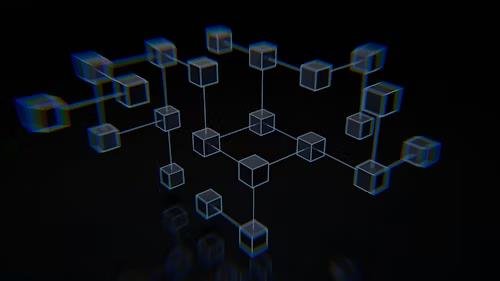The finance sector is changing at a fast pace, and one of the major changes is the ability to represent real assets with tokens. Tokenization is believed to have a lot of potential in the world of finance as it can change traditional markets completely while also opening up new opportunities for investors & asset holders. POLYX utility tokens are among those leading this wave; they’re special because they’re meant not just for making the asset available on the blockchain but also for ensuring that it’s used properly through community voting. It will discuss how tokenizing tangible goods could change finance in the future. Although this is a recently developed technology it shows promise for other industries.
Real-World Asset Tokenization and Its Future
Asset tokenization is like secure certificates of ownership. It uses blockchain technology to create digital tokens representing ownership of real things, like buildings, artwork, or even gold. These tokens can be bought and sold, like shares of a company.
Traditionally, owning a whole piece of real estate or a rare painting might be difficult or expensive. Tokenization allows these assets to be split into tiny pieces, making them more affordable and accessible to a profound range of investors. Secure tokens like POLYX make selling and buying assets easy because everything is tracked securely on a blockchain. Think of it like gold certificates but for any valuable asset. The big difference is that these digital tokens can be easily traded and used anywhere online instead of needing physical certificates or complicated paperwork.
Do you know turning real-world assets digital creates a more dynamic market? Wondering how? Let’s see the benefits.
- Dividing Assets into Pieces: By creating digital tokens representing real-world assets, investors can buy smaller portions, making these investments more accessible. This process increases the ability to buy and sell these assets (liquidity).
- Opening Doors for Everyone: Tokenization allows people to invest in valuable assets. These assets were previously out of reach due to high costs. So, the process broadens investment opportunities for many people.
- Clear and Traceable Records: Blockchain technology keeps a transparent and verifiable record of who owns what and all transactions involving these assets. The process reduces the risk of fraud and builds trust in the system.
- Smoother Operations: Smart contracts and blockchain automate tasks like transferring ownership, distributing profits (dividends), and ensuring adherence to regulations. The process makes everything more efficient.
This process of tokenization is creating a whole new investment landscape. It takes various real and intangible things (like buildings and art) and turns them into digital tokens on blockchains. This has a sound impact on traditional markets and opens up new opportunities for investors and those who own the assets.
- Real Estate: Brick-and-mortar buildings, both residential and commercial, are a popular choice for tokenization. Real estate allows for fractional ownership, meaning people can invest in smaller portions, and opens these investments up to a global audience.
- Commodities: Investors can gain exposure to things like gold, crops, and energy. These tokens offer diversification and can potentially reduce the risks involved in traditional commodity trading.
- Collectibles: You can tokenize rare art, classic cars, and other valuable items, making them accessible to many investors. People do not need massive capital to participate.
- Big Infrastructure Projects: In fact, you can tokenize things like airports, ports, and renewable energy plants. This process attracts more investment and makes raising funds straightforward for these projects.
- Startup and Company Ownership: Investors can tokenize shares in startups, private companies, and venture capital funds, allowing more people to get involved in early-stage investing.
The Contribution of Native Tokens in the Future of Blockchain
With its outstanding features and recent upgrades for handling growth and asynchronous processing, the design of utility tokens, such as POLYX, makes it a powerful platform for RWA projects. Developers can build custom blockchains for their unique asset tokenization needs. These custom blockchains still benefit from the overall security of the Polkadot network and can communicate with other blockchains on the network. This allows for better flexibility and creates a strong foundation for real-world asset tokenization.
Conclusion
There is a shift in the financial industry towards on-chain blockchains. These ledgers have the capacity to support tokens representing real-world assets worth trillions of dollars (tokenized RWAs). Market structure could be revamped entirely if ecosystems adopt blockchains for tokenization. POLYX tokens, for instance, have a lot of value for both investors & asset holders; they also level the playing field for everyone else and increase possibilities for investment across borders which is good.


